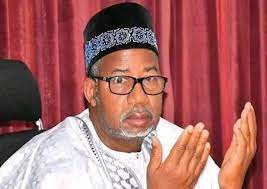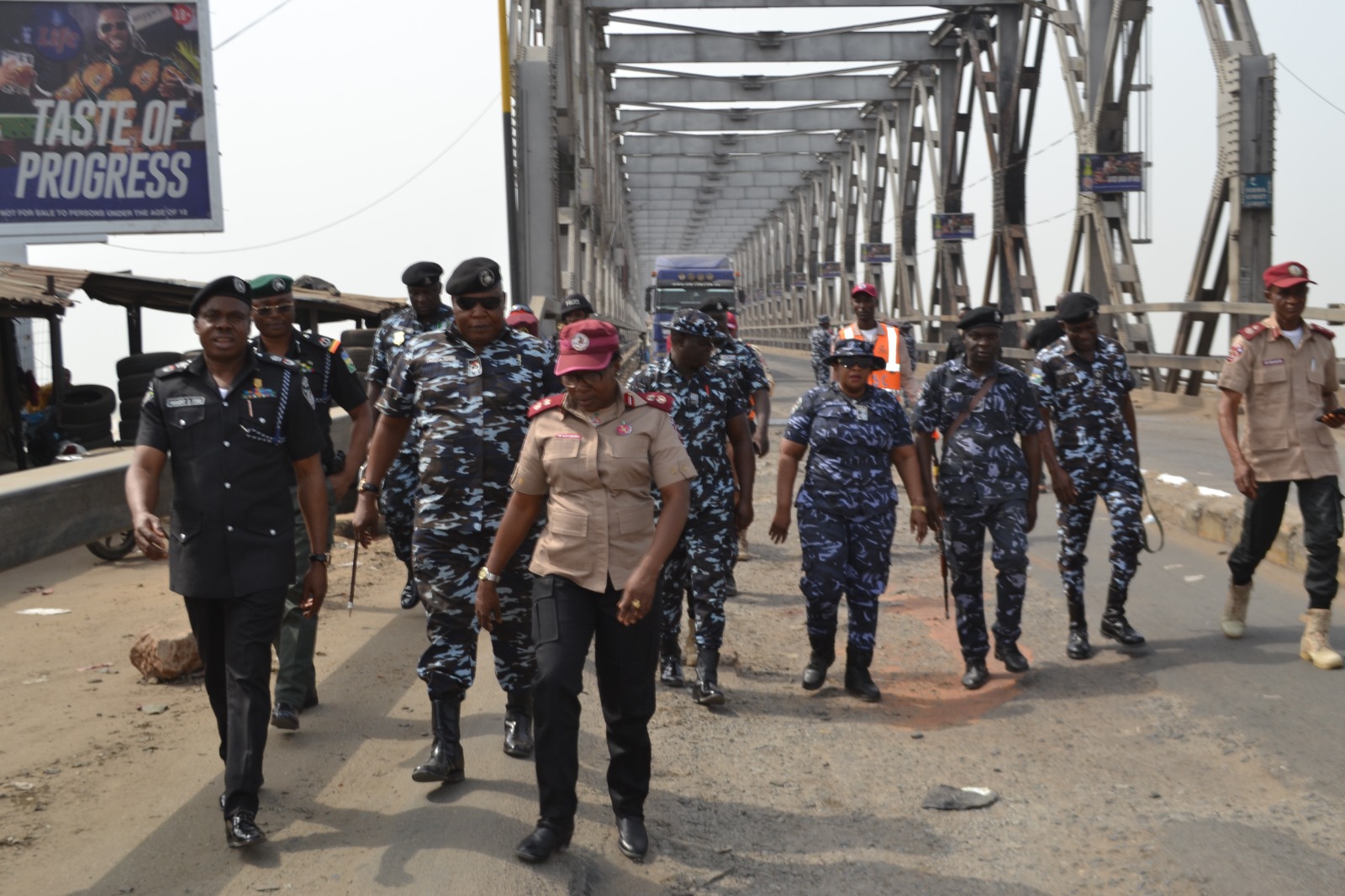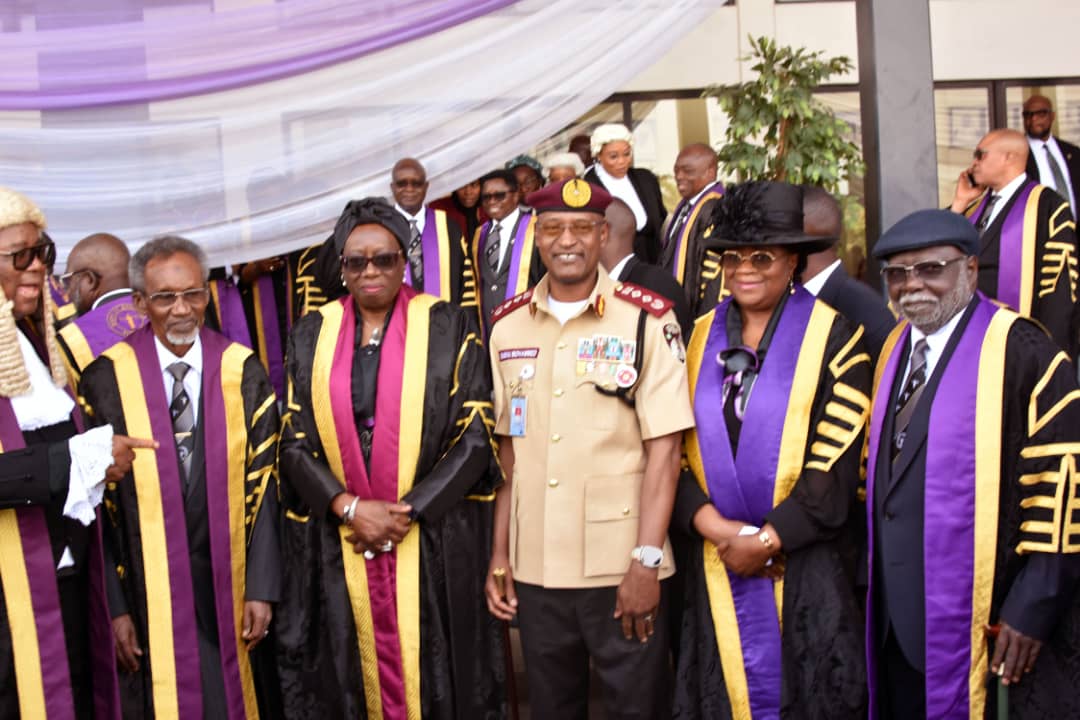Mr. Aliyu Tahir, Managing Director of, the Nigerian Electricity Management Service Agency (NEMSA), says it has disconnected more than 5,000 structures under high-tension lines from the electricity supply.
Tahir, who is also the Chief Electrical Inspector of the Federation, said this at the 5th National Council on Power (NACOP), in Abuja on Friday.
The conference had a theme; “Sustaining and Improving Electricity Supply through the Sector Value Chain for Socio-Economic Growth”.
He noted that in 2017, during the 4th NACOP held in Benin, Edo State, certain decisions were made and directives were given for the disconnection of structures under the high-tension lines.
Tahir said NEMSA had noted the urgency in carrying out the disconnections, as well as the eventual demolition of the structures under the high-tension lines and right of way.
“This issue coincidentally has been mentioned and discussed extensively during past NACOPs because of its seriousness, but nothing significant has been done about the removal and demolition of the structures under high-tension lines.
“ On our part in NEMSA, we have issued enforcement directives to the Distribution Companies to disconnect from the public power supply system all structures, buildings, and premises built under overhead (O-H) high-tension lines or within the right of way, ‘’ he said.
Tahir said that demolition of such structures under the high-tension lines would require the political will of all stakeholders, the federal, state, and local governments.
He said that NACOP had provided the right forum for NEMSA to ask that a decision be taken concerning the demolition of these structures under the high-tension lines.
“ To avert further future imminent danger/accidents, loss of lives and property nationwide.
“ We hope that the council will deliberate and come up with far-reaching solutions to the challenges of structures encroaching on the right of way of high-tension lines across the country, ‘’ he said.
He said the measure was necessary as the misuse and abuse of electricity could lead to consequences that could prove fatal, damage equipment, and cause unscheduled downtime.
“For safe, reliable, and sustainable electricity supply, it is paramount that the associated hazards including imminent accidents, loss of lives, and property damage, were mitigated,’’ Tahir said.








